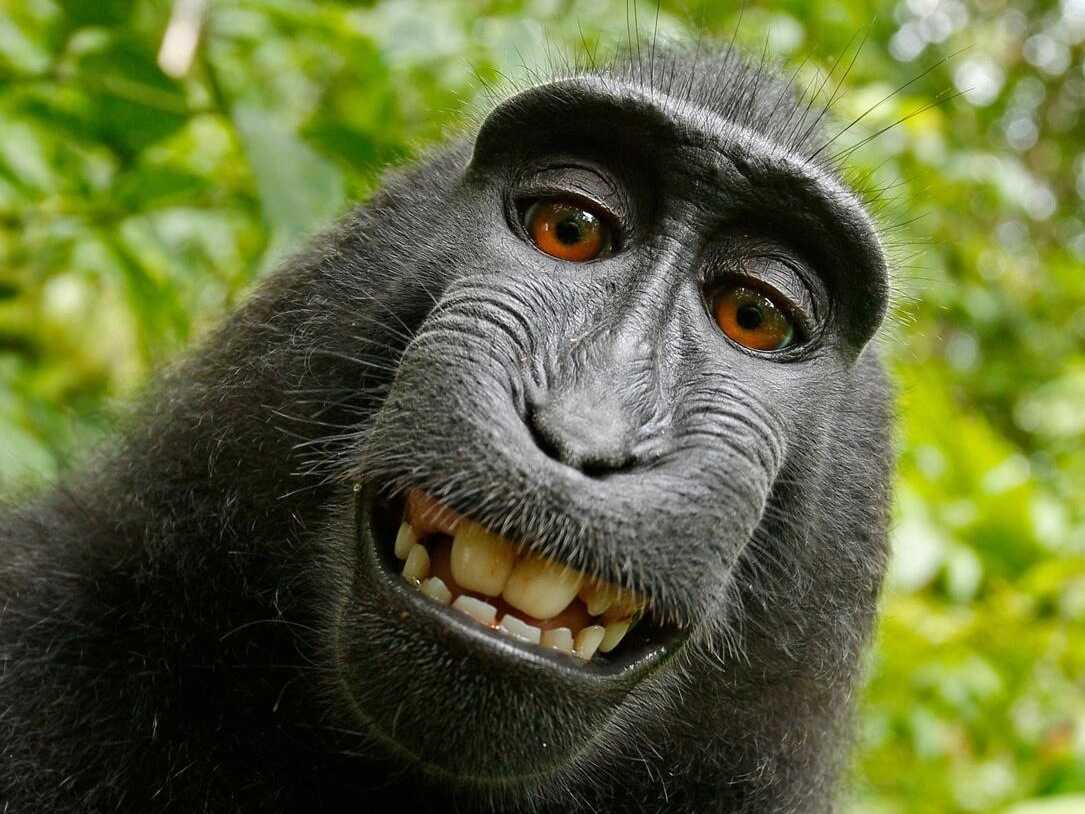Monkey is a common name that may refer to groups or species of mammals, in part, the simians of infraorder Simiiformes. The term monkey includes all primates that do not belong to the categories human, ape, prosimian, or lemur. Many monkey species are tree-climbing (arboreal), although there are species that live primarily on the ground, such as baboons. Monkeys are generally considered intelligent and many have been trained for spaceflight.
There are 260 known living monkey species. All monkeys have tails except for apes and humans; tailed monkeys live in South America and Asia while tailless monkeys inhabit Africa and North America. New World monkeys (platyrrhines) live in Central and South America; Old World monkeys (catarrhines) inhabit Africa and Asia. In popular culture, monkeys often serve as comic relief or as symbols of mischief or naughtiness.
The word “monkey” may also refer to:
* A non-human primate in general
* Any member of the clade consisting of all the descendants of a common ancestor between two given taxa In this usage it refers to any non-human anthropoid mammal
For example: “Allape was a small extinct monkey from South America”. Or: “The howler monkey is one member of the family Atelidae”. See List of selected primates#Monkeys for examples.
* Monkey gas, an early 20th century British joke involving hydrogen sulfide gas poisoning
* Operation Monkey, an operation by American troops during the Vietnam War


